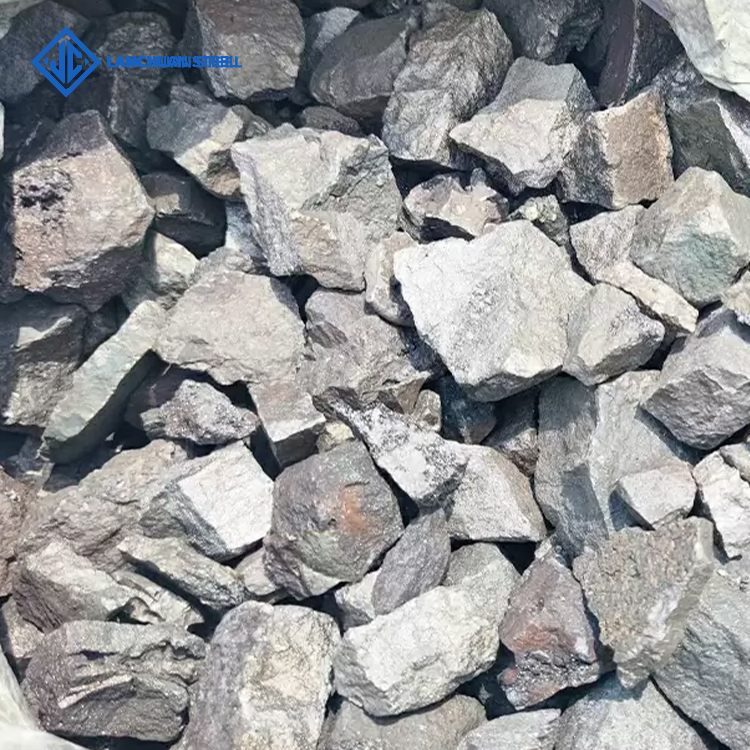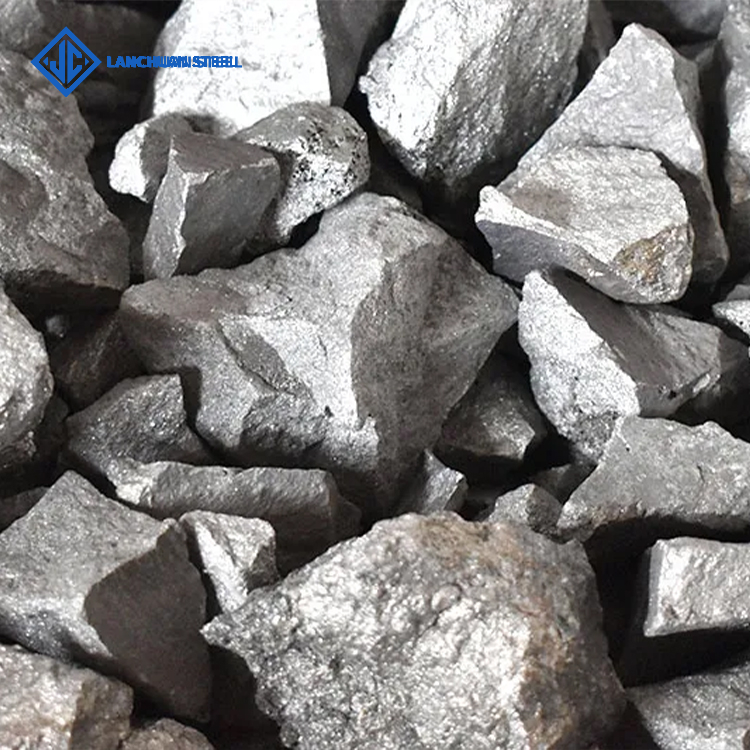Introduction:
Silicon chromium alloy is an alloy composed of two elements: silicon and chromium. It is usually used in steel smelting and casting to improve the characteristics and properties of steel.
The main function of silicon chromium alloy is to enhance the wear resistance, corrosion resistance, and oxidation resistance of steel. It can improve the hardness of steel and maintain stability at high temperatures, so it is widely used in the manufacturing of refractory materials, stainless steel, alloy steel, and other fields.
In addition, silicon chromium alloy can also adjust the chemical composition of steel, increase the chromium content in the alloy, and improve the strength and durability of steel. At the same time, it can also reduce the sulfur and oxygen content in steel, reducing its brittleness and oxidation tendency.
It should be noted that the specific composition and proportion of silicon chromium alloy may vary according to different application requirements. In actual production, corresponding alloy adjustments and controls will be made based on specific steel formulas and process requirements to ensure that the quality and performance of the final product meet the expected goals.
When Si<20% in the alloy, it is basically composed of one phase (Cr, Fe) 3 (C, Si) 2. It can be considered that part of Cr in Cr3C2 is replaced by Fe, and part of C is replaced by Si. When the silicon content increases to>20%~29%, a new composite phase (Cr, Fe) (Si, C) is formed. The excess Cr and Fe form the intermetallic compound FeCr, i.e σ Phase. A new phase (Cr, Fe) Si was added between 29% and 34% Si content. When Si exceeds 34%, chromium, iron, and silicon form silicides. Due to the increase in silicon content, CrSi2 and SiC phases appear. The affinity between chromium and silicon is greater than that between iron and silicon, so it is called CrSi2. However, the crystalline structures of CrSi2 and FeSi2 are different, and they cannot form solid solutions with each other. When Si content ranges from 44% to 51%, Cr and Si generate CrSi2, while some FeSi and Si generate FeSi2. When Si content ranges from 51% to 60%, the alloy consists of Cr Si2, FeSi2, SiC, and Si. From the above results, it can be seen that chromium silicon iron alloys with high silicon content are composed of silicides of chromium and iron, SiC, and Si, that is, carbon exists in the SiC phase. The structural analysis of industrial produced silicon chromium iron alloy is basically consistent with this. Carbon exists as a SiC phase that is insoluble in liquid silicon chromium iron.
Get real-time quotes
Interested? Leave your contact details.








